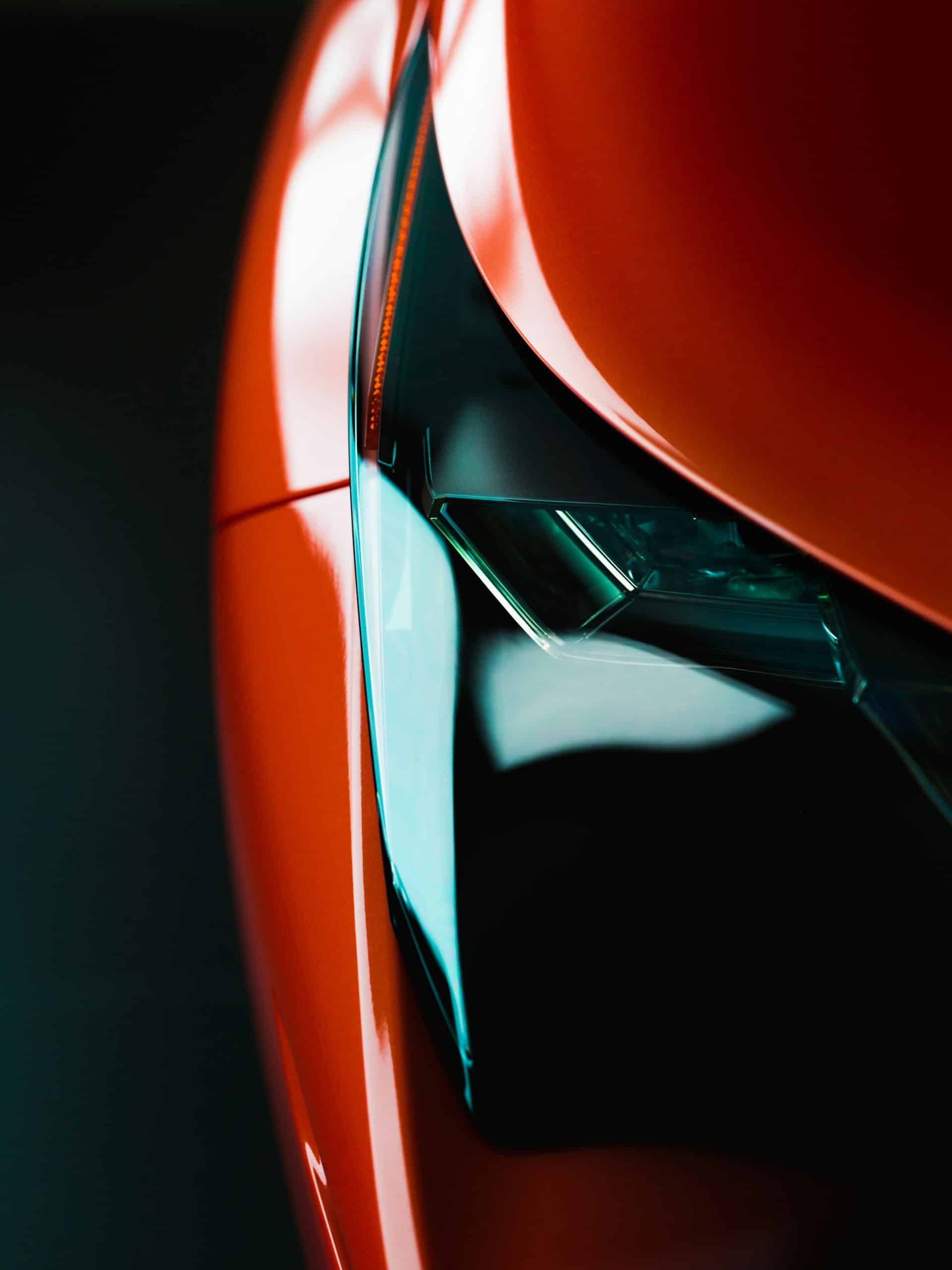How to Install a Performance Clutch on a Mitsubishi Evolution X for Increased Torque Holding?

When it comes to performance cars like the Mitsubishi Evolution X, clutch upgrades are essential to handle the increased torque output. The clutch, after all, is the conduit between the engine and the transmission. The better it is, the more power you can effectively transfer to the ground.
We’re going to cover in this guide, how to install a performance clutch on a Mitsubishi Evolution X for increased torque holding. We’ll talk about the components such as the clutch disc, pressure plate, flywheel as well as the difference between stage upgrades, twin plate clutches, and stock clutches.
Avez-vous vu cela : Explore st barths: unforgettable full day cruise with masterski pilou
The Basics of a Performance Clutch
A performance clutch is a critical component that can significantly improve your Evo X’s power delivery. The goal is to increase the torque holding capacity of your clutch to improve your car’s performance.
For starters, a performance clutch kit typically includes a clutch disc, a pressure plate, and a flywheel. The clutch disc is sandwiched between the flywheel and the pressure plate. When you step on the clutch pedal, you’re disengaging the clutch disc from the flywheel, allowing you to shift gears. The greater the pressure exerted by the pressure plate onto the clutch disc against the flywheel, the more torque it can hold before it starts to slip.
Dans le meme genre : Turbopass rome review: is it worth the price for tourists?
Upgrading to a performance clutch can be categorized into different stages. A stage 1 upgrade generally involves a heavier duty pressure plate and a better quality clutch disc, suitable for street driving with a little bit of added power. A stage 2 upgrade might involve a dual friction clutch disc for even more hold. And for serious performance or race purposes, a twin plate clutch is often used. The latter effectively doubles the surface area for the clutch to grip onto.
Selecting Your Performance Clutch
Choosing the right performance clutch for your Mitsubishi Evo X should be guided by your car’s power output and how you intend to use it. If you’re just a street driver with a slightly tuned engine, a stage 1 performance clutch kit would be sufficient. It provides an increased torque holding capacity without being too aggressive for daily driving.
However, if you’ve significantly increased your Evo’s power, or you do a lot of track racing, a stage 2 or a twin plate clutch might be a better choice. Remember, the heavier duty your clutch is, the more pedal effort is required, which could be tiring for daily driving.
Also, keep in mind that cheap isn’t always cheerful. When it comes to performance clutches, the price often reflects the quality and durability of the product. It’s worth spending a little extra for a reliable and long-lasting clutch.
Preparing for the Clutch Installation
Before starting the actual installation process, it’s important to have all the necessary tools and components on hand. This includes your clutch disc, pressure plate, flywheel, and a clutch alignment tool, which is usually included in the clutch kit.
Moreover, ensure you have a suitable working space. Replacing a clutch isn’t a small task, it involves lifting the car and removing the transmission. Therefore, ensure you have a good quality set of jack stands, a transmission jack and other basic hand tools.
Installing the Performance Clutch
Now, let’s get to the meat of the matter. The first step involves removing the transmission. Disconnect the battery, then unbolt and remove the transmission to access the stock clutch. Once the stock clutch is exposed, unbolt the pressure plate and remove the clutch disc and the flywheel.
Following this, it’s time to install your performance clutch. Install the new flywheel first, then place the clutch disc onto the flywheel using the alignment tool. This helps to center the disc, ensuring that the transmission input shaft can slide smoothly into it. Once aligned, install the pressure plate, bolting it onto the flywheel and trapping the clutch disc in between.
Finally, reinstall the transmission. This is the trickiest part because you need to align the transmission input shaft with the clutch disc and the engine’s crankshaft. With the transmission back in place, reconnect everything, including the battery.
After the Installation
Once the new performance clutch is installed, it’s time to break it in. This involves driving gently for the first few hundred miles to allow the clutch disc and the flywheel to mate properly. It’s called the bedding-in process.
Avoid hard launches or aggressive driving during this period. After about 500 miles, your new performance clutch should be fully bedded in and ready to handle all the torque your Mitsubishi Evo X can throw at it.
In conclusion, upgrading to a performance clutch is a challenging but rewarding task. Once done, you’ll notice significant improvements in your car’s performance and torque holding capacity. So go ahead, give your Evo X the upgrade it deserves.
Choosing the Right Clutch Kit
In your quest for a performance clutch, you’ll come across various clutch kits. These include but aren’t limited to the competition clutch, twin friction clutch, and RTS performance clutch. Each clutch kit has its unique features aimed at providing you with increased torque holding capacity.
The competition clutch, for instance, is designed for high horsepower vehicles requiring superior clutch engagement. It’s ideal for Mitsubishi Evo X owners who frequently participate in racing events. These kits usually come with an aggressive pressure plate for maximum clamp load.
On the other hand, the twin friction clutch is perfect for those who have moderately modified their Mitsubishi Evo X and require a clutch that can handle extra power without compromising the vehicle’s drivability. These kits often feature a combination of a full face and a friction paddle on the clutch disc to provide the optimal balance between performance and comfort.
The RTS performance clutch kits are renowned for their heavy-duty performance. They have a reputation for withstanding intense driving conditions, making them suitable for high-powered Mitsubishi Evo X cars. RTS select clutch kits often come with a re-enforced pressure plate for increased clamp load and a high-quality friction paddle for optimal performance.
Remember, when selecting a clutch kit, consider your vehicle’s power output and your driving style. This will ensure you get a clutch kit that suits your specific needs.
Maintaining your Performance Clutch
After successfully installing your performance clutch, it’s crucial to maintain it properly for optimal performance and increased lifespan. Firstly, ensure you follow the bedding-in process as mentioned earlier. This involves gentle driving for around 500 miles to allow the clutch disc and the flywheel to mate perfectly.
Secondly, avoid riding the clutch, as this increases the temperature and wears out the clutch prematurely. Riding the clutch involves leaving your foot on the clutch pedal when not changing gears, which results in the clutch disc and the pressure plate being partially engaged, causing unnecessary friction.
Additionally, regular servicing of your Mitsubishi Evo X is crucial. During servicing, insist on checking the clutch system, including the clutch disc, pressure plate, and flywheel, for any signs of wear and tear.
Lastly, always use high-quality transmission fluids and change them as per the manufacturer’s guidelines. The right transmission fluid ensures smooth shifting, reduces heat, and prolongs the life of your clutch.
In conclusion, installing a performance clutch on your Mitsubishi Evo X is more than just a mechanical upgrade. It requires a thorough understanding of the different types of clutches, meticulous installation, and proper maintenance. As such, this guide has provided you with comprehensive information that you need to boost your vehicle’s performance by increasing its torque holding capacity. Now, it’s time to take a quick view of your options, select the most suitable clutch kit, and enjoy unmatched performance from your Mitsubishi Evo X.
